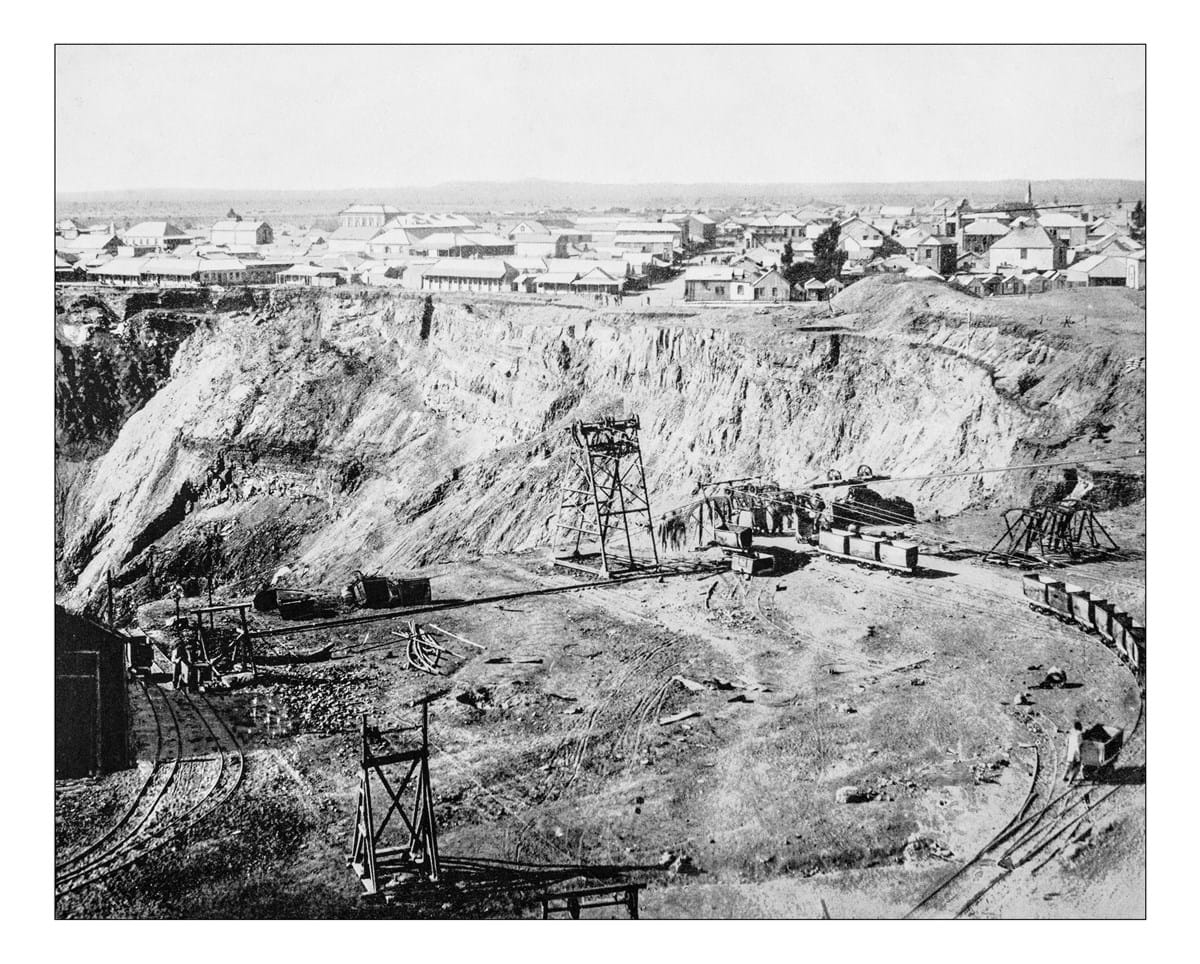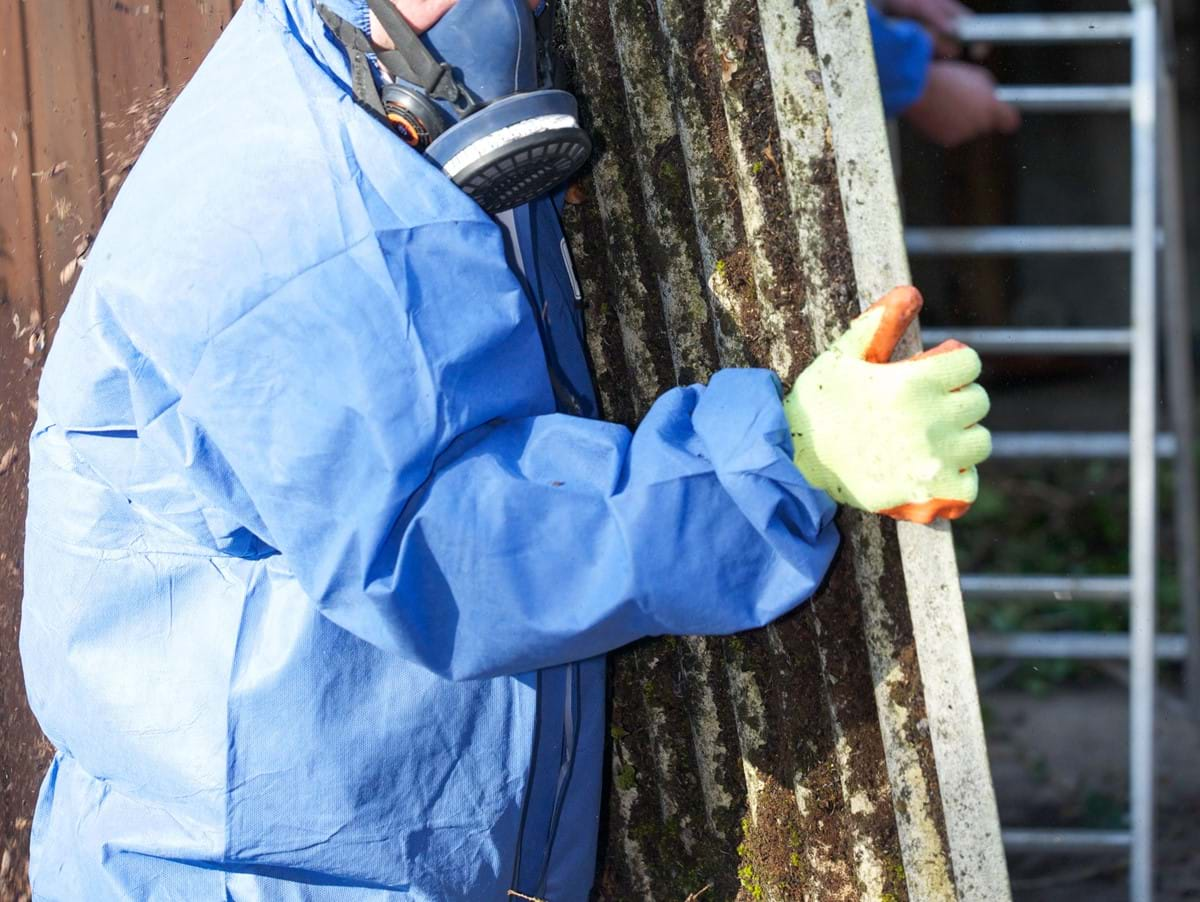Helen Tomlin, specialist asbestos solicitor at Thompsons Solicitors, advises on five things you need to know about asbestos.
On the anniversary of the 20th year since asbestos was banned in the UK, there are still many myths surrounding where people were exposed to asbestos, and how it causes issues for sufferers. Here are five things you need to know if you have been exposed to asbestos:
1. You don't need to work with asbestos to be exposed
Asbestos was manufactured in the UK from Victorian times, with the first reports of asbestos-related disease and death being noted in the 1890s, and the first Factories Inspectorate report commenting on the effects of asbestos fibre inhalation being published in 1898. However, the highest rate of asbestos use was in post-war Britain, during the 1950s, 1960s and even into the 1970s.
During that time, millions of tonnes of asbestos was used in heavy industry, buildings, manufacturing and power production. Many workers would be heavily exposed to asbestos fibres, which would be present in such high quantities in the air, that it would be brought home still stuck to their clothes. When the workers arrived home, the dangerous fibres would be unknowingly taken into their homes, and their wives, children and other family members would also be exposed to asbestos. Many decades later, this secondary exposure from overalls can cause the development of mesothelioma, the deadly asbestos cancer.
In addition, people living near asbestos manufacturers could also be exposed to fibres in their homes due to poor work practices in the factory causing fibres to contaminate the local area. One example of this is in Armley, Leeds, where JW Roberts, the local asbestos manufacturer, fitted a fan to the wall of their factory which caused deadly asbestos fibres to be strewn across the playground of the school next door.
As industry moved away from asbestos use, many thousands of tonnes of asbestos remained in place in Britain’s public buildings, schools, offices, factories and homes. People carrying out renovations or repairs to these premises today can unwittingly disturb asbestos, and breath in the fibres.
Asbestos-related deaths amongst teachers are rising, and other school staff and children will also be exposed to asbestos in school buildings, to this day.

2. There is no safe level of exposure
Until 1965, it was thought that a person needed a significant level of asbestos exposure before they were at risk of developing an asbestos-related disease. However, in 1965, Dr Muriel Newhouse and Hilda Thompson published their research, showing that even very small amounts of exposure to asbestos, in an occupational or in a domestic setting, was sufficient to increase the risk of that person developing mesothelioma.
This research led directly to the publication, in 1969, of the Asbestos Regulations, which attempted to impose controls on the use of asbestos and the release of fibres. However, because the asbestos particles are so tiny, it was impossible to effectively control the fibres to prevent 100% of the exposure, and so blue and brown asbestos were both banned in 1985, with white asbestos following in 1999.
Whatever the type of asbestos you have been exposed to, there is no recognised safe limit for exposure, and all exposures are potentially harmful and carry with them the risk of developing mesothelioma. This is why it is essential that all further exposure to asbestos is prevented, through proper education and control.
3. All asbestos is dangerous, regardless of colour

There are three main types of asbestos: blue, brown and white. However, the colours of the fibres are only identifiable under a microscope. Therefore, it is impossible to tell just by looking at the asbestos, what type of fibres it contains.
Blue asbestos (crocidolite) and brown asbestos (amosite) are the deadliest types of asbestos. The blue and brown asbestos was most widely used in sprayed lagging and insulating boards, as the fibre shape made it more suitable for mixing and moulding. The blue asbestos in particular has very thin fibres, which makes it more deadly as it can penetrate deep into the lungs.
White asbestos (chrysotile) is still capable of causing all asbestos-related diseases, including mesothelioma. However, it is slightly less carcinogenic than blue and brown asbestos. White asbestos was most commonly used in building products, such as rates, floor tiles, cement sheets, and even toilet seats, and in friction products such as brake pads or clutch linings.
The asbestos manufacturing industries spent a lot of time, effort and money in the 1970s and 1980s trying to promote white asbestos as the “safe” asbestos. However, this has been medically disproved, and all types of asbestos are capable of causing an asbestos-related disease.
4. You can claim compensation, even if your employer has gone out of business
Many people are put off seeking financial assistance after a diagnosis of mesothelioma or another asbestos-related disease, because their employer is defunct, or they do not know exactly where they have been exposed to asbestos. However, this should not be a bar to seeking financial assistance.
There are two types of financial assistance open to people who have been diagnosed as suffering with an asbestos-related disease. Firstly, there are non-means tested benefits available to those suffering with diffuse pleural thickening, asbestosis, asbestos-related lung cancer or mesothelioma.
These benefits are assessed on the basis of the level of disability, and do not take account of earnings or savings. They can consist of a weekly pension, known as industrial injuries disablement benefit, and a lump sum payment, known as a workers’ compensation payment. In addition, sufferers may be entitled to a blue disability badge, attendance allowance and other financial support. For anyone wanting to investigate a benefits claim, they should seek specialist asbestos benefits advice from their local group registered with the Forum of Asbestos Victim Support Groups.
Secondly, people wishing to consider a claim for their asbestos exposure should be advised to consult a specialist asbestos solicitor. Registered support groups should have a panel of solicitors firms that they recognise as providing a specialised service for asbestos sufferers and their families, or details can be obtained from national charity Mesothelioma UK, or the Association of Personal Injury Lawyers.
Benefits and legal advice should be provided free of charge, at no cost to you or your family, win or lose.
If your employer is no longer trading, then specialist solicitors have access to databases and insurance details that can help to track down their insurance policies, who can then be pursued.
In addition, if you have been diagnosed with mesothelioma after 25th June 2012, and it is not possible to trace either your employer or your insurer, then application can be made to the Diffuse Mesothelioma Payment Scheme, which will award a significant lump sum as compensation in the place of your employer.
Finally, not knowing exactly where you have been exposed to asbestos is a very common issue. Specialist benefits advisors and solicitors will be able to take you through your work history and help you to identify your exposures, and the employers at fault.
Many of these schemes and benefits have strict time limits and procedures which have to be followed, and it is therefore very important to seek advice as early as possible.

5. Asbestos is no longer a problem
On the 20th anniversary of the ban on asbestos, it would be lovely to think that this is just a problem of the past. However, sadly, nothing could be further from the truth. Thousands of tonnes of asbestos remain in Britain’s buildings and workplaces, with no money available to remove it. It is therefore more important than ever to ensure that asbestos is properly managed.
If you are concerned about the presence of asbestos in your workplace, the Health and Safety Executive have produced guidance on what is expected of employers in today’s workplaces to manage asbestos and ensure no one else is exposed to the deadly fibres.
If you believe you are being exposed to asbestos, then you should raise this with your workplace health and safety manager, or your union representative, to ensure that action can be taken to prevent further exposure. You can also log this exposure with your union, on the asbestos register, and with your GP, so that you have contemporaneous evidence of your exposure in case you need it in the future.
Whilst there is asbestos remaining in Britain’s buildings, people are at risk of exposure. Workers need to be educated about the dangers of exposure to asbestos, in even tiny amounts, so that we can hopefully see a drop in asbestos-related disease in the future.
Have you been diagnosed with an asbestos-related disease?
If you or a loved one has been diagnosed with an asbestos-related disease, you could be eligible to claim compensation. Call us on 0800 0 224 224 to discuss your case or start a claim here.
